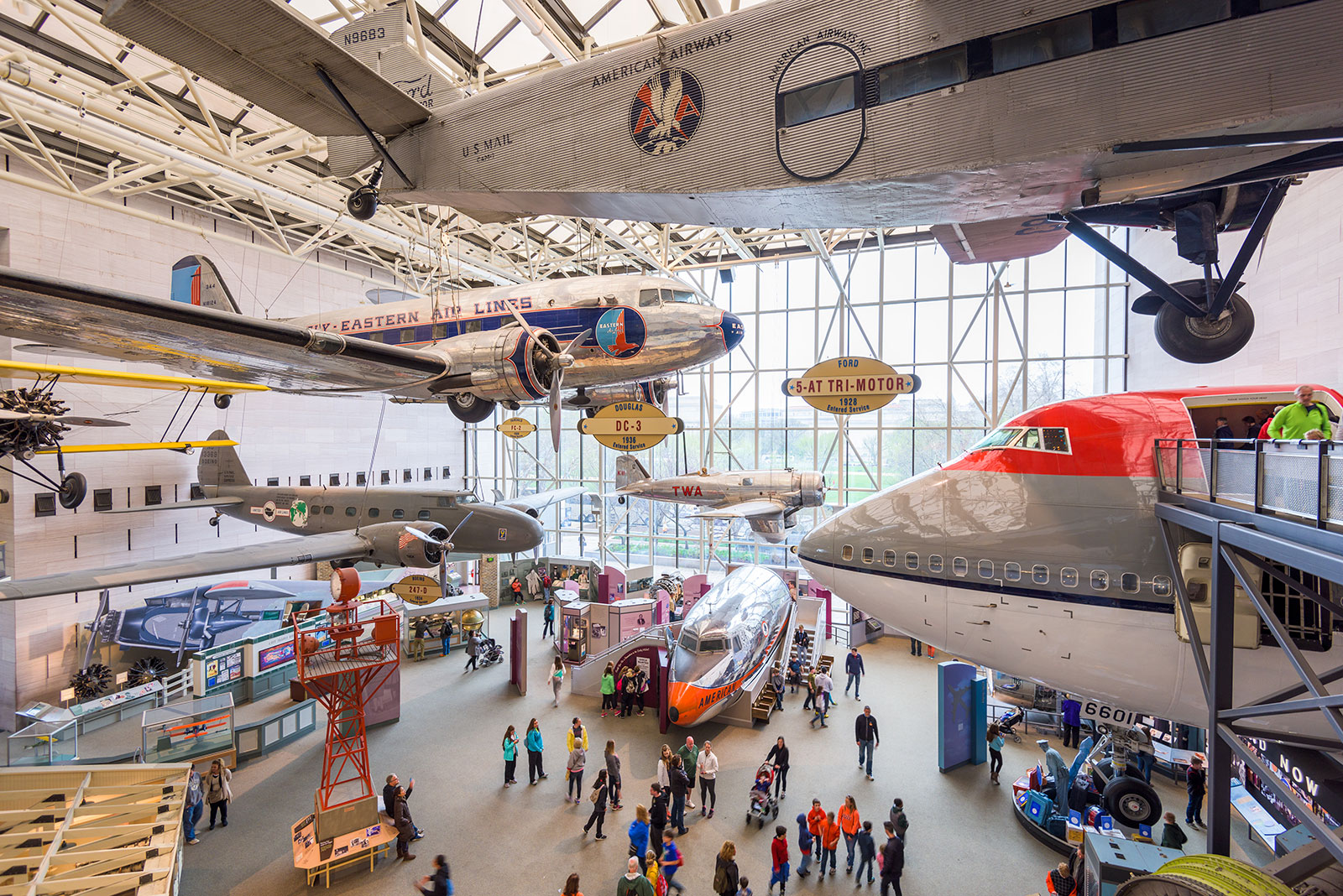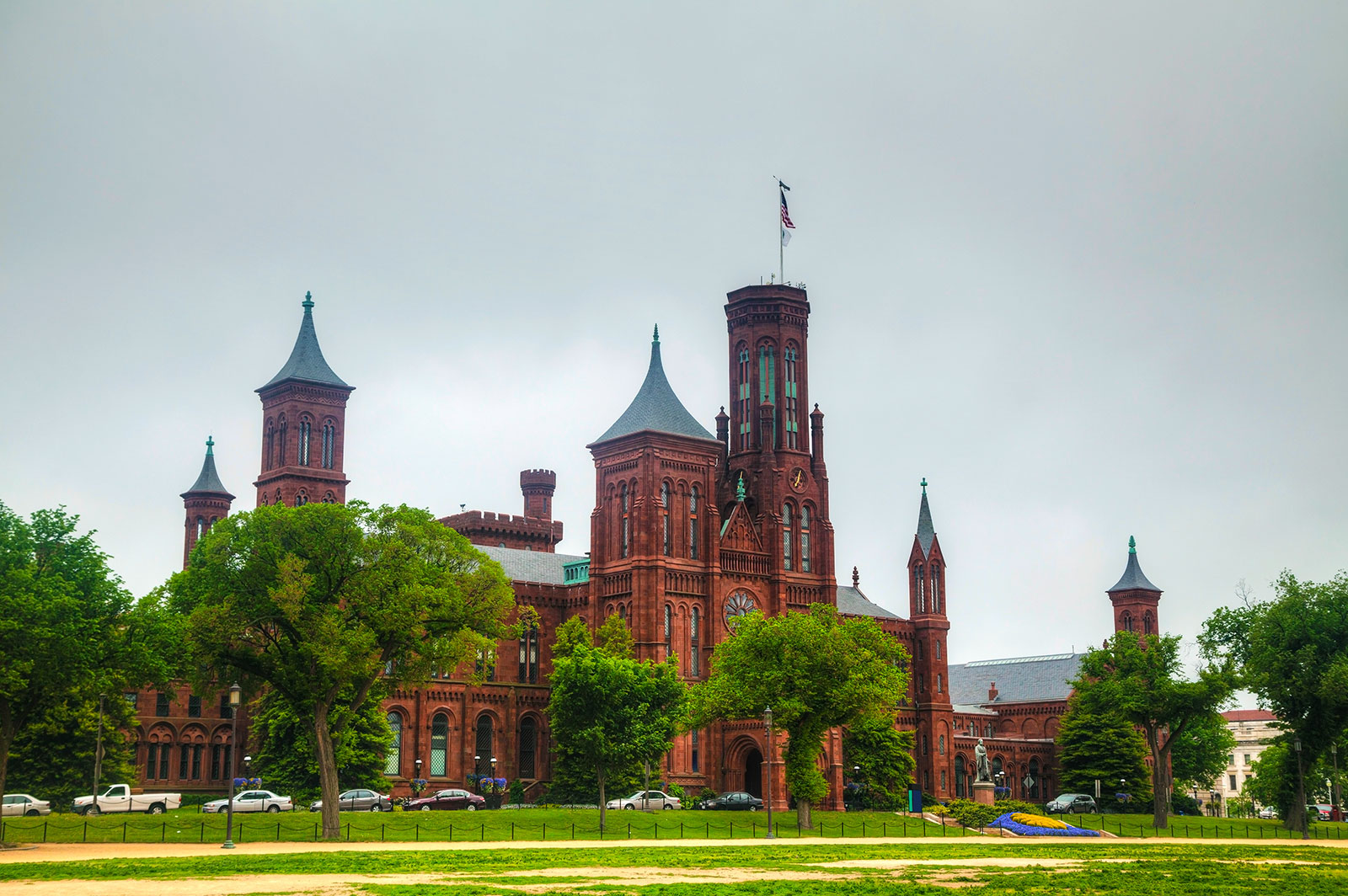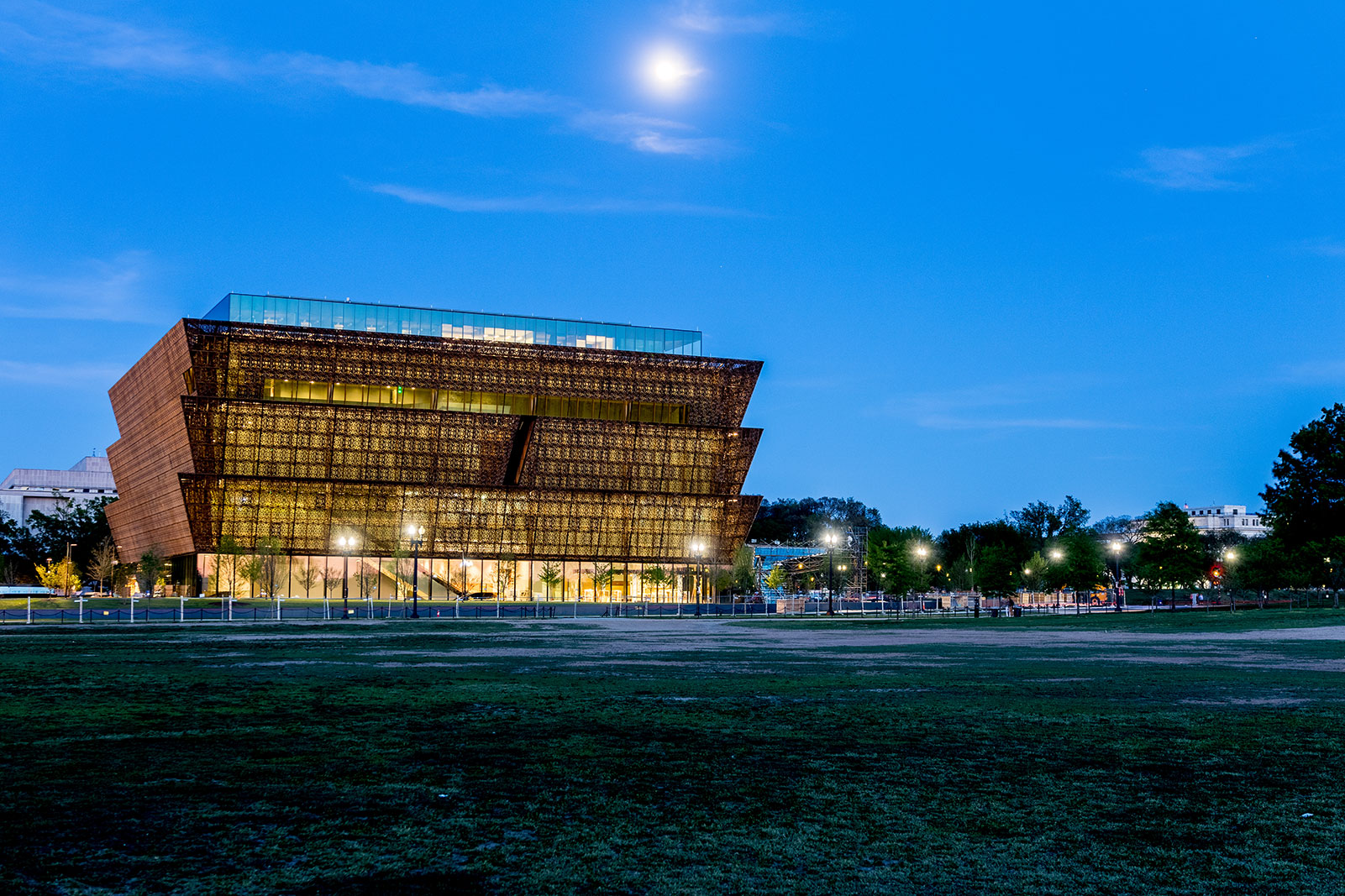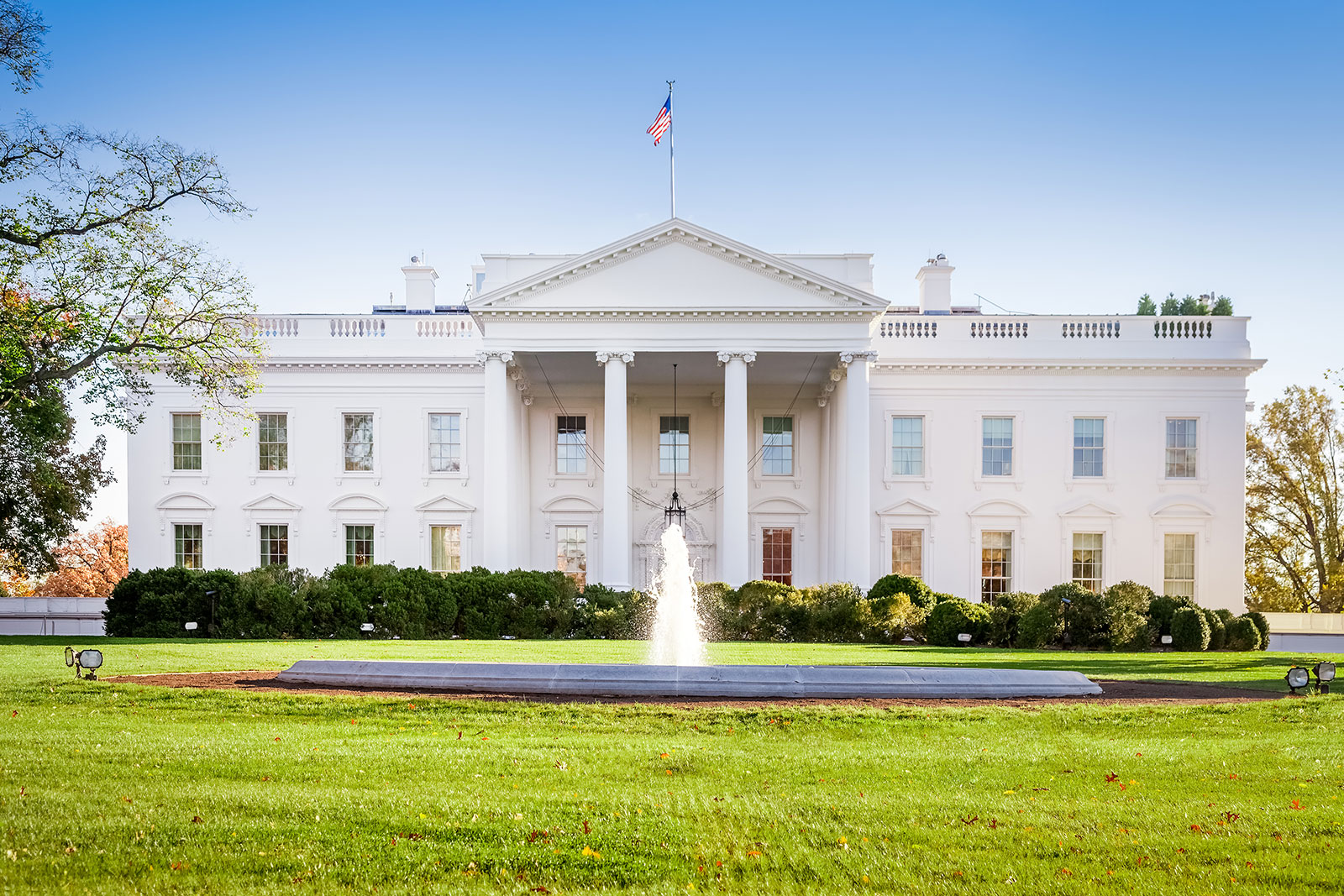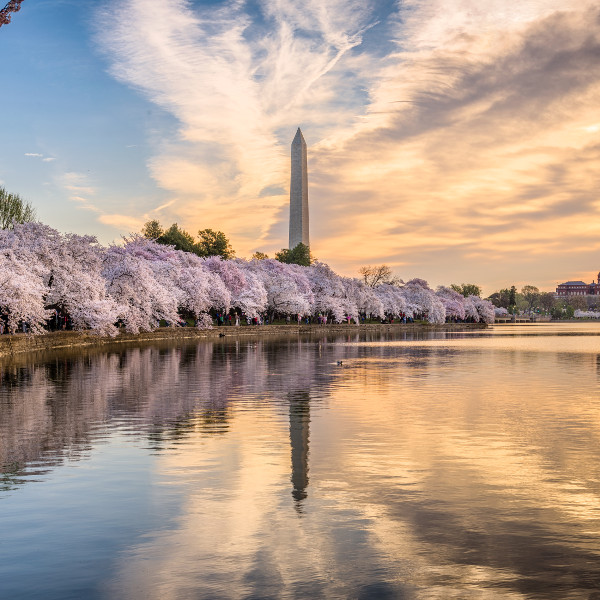
Things to Do in Washington, D.C.
It is a pity that the U.S. capital should so often be overlooked in favor of more flashy, dramatic American cities like New York or Los Angeles. Yes, compared to NYC’s skyline and LA’s movie stars, the District of Columbia is so low-key that one almost forgets it is the capital at all. However, the District has a lot going for it and is one of the most visited cities in the world, with more than 20 million annual tourists.
Washington is home to the world’s largest research and museum complex, two giant pandas, the world’s tallest stone structure, over 3,000 cherry trees, the original constitution, the oldest fish market in the country, and the largest library in the world featuring the largest collection of maps.
As you try to get around the city, you should know Washington D.C. is a planned city, meaning that it was designed to be a metropolis, which is what makes it easier to navigate than many other large cities. Infrastructure in D.C. is quite logical, though you should know in advance that this logic is often complicated and quirky. Mostly, you can rely on the alphabet for orientation, so Harvard comes before Irving and Butternut after Aspen, but there are of course exceptions to this rule. Remember for instance not to look for J street, because it is, somewhat confusingly, missing.
If you are unsure about where to go on your visit to the capital city, here are some suggestions:
A long-time favorite and the dream of every little boy anywhere in the United States of America, the Air & Space Museum would be worth every penny if it weren’t completely free. Part of the Smithsonian complex, this museum deals with all things flying, whether in the sky or beyond. The second most visited museum in the world and the most visited, by far, in the USA, has everything kids could dream of: from the Apollo 11 command module to the Bell X-1 – also known as the craft that broke the sound barrier – to the Wright brother’s famous plane. Almost everything exhibited here is the original.
Any movie or TV show set in D.C. will at some point feature a scene at one of the memorials: the Lincoln, MLK, WWII, FDR, Washington, Jefferson, or the Vietnam Veteran memorial have served as a backdrop for clandestine meetings, late-night exchanges of government files, or other top-secret movie activity. While you don’t have to see all of the memorials, you should visit at least one. Something the movies got right is that the memorials and monuments are best seen late at night when the rest of the capital is sleeping. There is something about all that grand white stone lit up by moonlight that makes the monuments seem larger but at the same time more intimate and familiar. Plus, you won’t have to share the experience with the crowds.
We’ve got to say, Newseum is a fittingly witty name for a museum dedicated to all that is news and journalism. Here you can find a collection of Pulitzer Prize-winning photographs. Also on show are original parts of the Berlin wall, a section of the antenna from the World Trade Center, and the Unabomber’s actual cabin. After you’re done checking out all of that, you can peruse the collection of over 30,000 newspapers at the archives, chronicling over 500 years of news.
While not technically in the District, Arlington National Cemetery offers a stunning if somber view of the city from within a sea of white gravestones. It is home to the Tomb of the Unknown Soldier, a monument dedicated to all those soldiers who fell in combat or disappeared during the war and could not be identified. The inscription on the grave reads: “Here rests in honored glory an American soldier known but to God.” One can’t help but feel that this site has surely given many an American mother some solace. The tomb is located in the Arlington Memorial Amphitheater, a wonderful sight in its own right. The cornerstone was laid down by then-President Woodrow Wilson on October 15, 1915. This cornerstone contained fifteen items including a Bible, a copy of both the Constitution and Declaration of Independence, and a telephone directory of the District.
Lovers of complicated, freestyle music take note: every Friday evening in the summer, the Sculpture Garden at the National Gallery of Art puts on a fantastic jazz concert. If you decide to visit during the day to see some of the sculptures before the show, you will find pieces like the wishing tree by Yoko Here you have the chance to whisper into its leaves something about the Beatles getting back together, knowing that that’s entirely impossible.
There are 19 – nineteen – Smithsonian Museums, and, as mentioned, entry to all is free of charge. You will not be able to visit all of them within one vacation. You are going to have to pick a few, and those will be tough choices: eleven fantastic museums are on the grounds of the National Mall, between the Capitol and the Lincoln Memorial, one of which is the Air & Space museum mentioned previously. Speaking of Smithsonian, if you are in town in July, definitely check out the Folklife Fest. Held in the two weeks around the Fourth of July, this festival is a free cultural celebration highlighting international culture and togetherness, with the focus being on a different country’s traditions each year. The largest annual cultural event in the capital city, it is entirely free to attend and features day and evening programs of song, dance, crafts, and food. The tone at these is one of general joy and merriment, which is the mood this event will doubtless put you in, too.
The D.C. Zoo is famous for three things – one, for being a great zoo where animals, though held captive, lack no creature comforts and live fenced in the lap of luxury; two, for the lack of an entry charge, and three, for the giant pandas called Mei Xiang and Tian Tian. You best hurry to meet them because they will only reside at the D.C. Zoo until 2020 when they return to China after completing their ten-year run that cost the US a whopping 10 million dollars. The zoo, founded in 1889, is worth a visit even if you are no giant panda fan. Close to two-thousand other animals live in the zoo. The zoo is open every day of the year except Christmas, so come down and see the erstwhile home of the original smokey bear, a New Mexico native who spent much of his time in D.C.
Pretend you went to lunch at Rose’s Luxury but don’t actually wait in line. This is what you will say to your friends: the food was sublime. But of course, instead of waiting for an unbookable table in a queue around the block made up of everyone and their mothers, you go for the best time you’ll ever have, also known as brunch at La Boum. Named after the French ‘80s movie of the same name – the one with the endlessly cheesy song that goes “dreams are my reality” – this cult-status restaurant has a DJ and everything else needed for a good old boozy brunch. Book ahead and bring your friends, or make new ones there.
The 9:30 club is arguably the best club in the nation, and you can guess what that means. Moved from F street a few letters down to U, the 9:30 is not to be missed. Bob Dylan has played here, as have RHCP, Radiohead, and The Smashing Pumpkins. When the band CAKE came by in 2009, the 9:30 introduced their signature cupcake, a delicious devil’s food pastry with a buttercream filling, chocolate frosting, and ganache, featuring the club logo. You better make sure to have one on your way out. Also, the Hall of Records on-site has documented every single headliner who played at the club since 1980, so it might be worth trying to convince the staff to let you take a look.
Fancy taking a peek at Julia Child’s kitchen to see what the tipsy chef (and, as turned out later, spy extraordinaire) had up her sleeve? You must head then to the National Museum of American History. Even if cooking is not your thing, this museum is an absolute must for anyone interested in US history. See the original star-spangled banner, find out more about the private lives of past presidents through the vast collection of memorabilia donated by the heads of state, and see the first Dumbo the flying elephant ride from Disneyland at this museum with a fascinating and exhaustive collection of all things American.
There’s no talking about D.C. without mentioning the Cherry Blossom Festival. The trees framing the city were a gift from Major Yukio Ozaki of Tokyo back in the early 1900s. First Lady Taft and the Viscountess Chinda, wife of the Japanese Ambassador, planted the first two cherry trees by the Tidal Basin, and you will be glad to find out those trees are alive and well today. Come to town at the end of March to partake in the annual spring celebration and to observe the blooming trees, most of which are of the gloriously beautiful Yoshino Cherry variant.
Pay a visit to the National Portrait Gallery to see the Obama portraits that caused quite the excitement when originally unveiled. Other than the Obamas, you can view every other POTUS and FLOTUS pair along with a whole bunch of lesser-known people from the nation’s past on show here. The only thing that unites every single piece of art (be that painting, photographs or statues) is that they are all portraits, as the name of the gallery suggests.
The Blind Whino is for those who think life is better in technicolor. One of the oldest buildings in south-west D.C., this church was recently given a new lease on life as a psychedelic art collective. Impossible to miss when you’re walking down Delaware Ave, the building shines in an explosion of color adorning its walls and every surface inside this reclaimed place of worship. Come here to check out the changing exhibitions, sit around in the lounge area or help out around the community garden at the fantastically photogenic Blind Whino.
If you are a fan of all things related to espionage, we won’t tell, but you should perhaps keep that to yourself. One thing you can do without raising all too much suspicion is to go and see the largest collection of espionage artifacts from all over the world at the Spy Museum. While many, or even most, museums in D.C. are free, this museum is unfortunately not, but that surely won’t keep any spy at heart from visiting. The permanent collection takes you through the complete history of espionage, right from the Greek, Roman and British empires through both World Wars all the way to present day clandestine intelligence collection. This museum houses a spy school to teach visiting agents who have something to hide how to go about hiding it. You are even given a cover identity before you begin your education as a secret agent after which you will learn how to decipher code, hide and uncover secrets, and feel like James Bond for a day.
Lastly, for something very much on the beaten track, be sure to visit the White House. The first president to live here was John Adams. The house comes with 35 bathrooms and 132 rooms over six levels.
